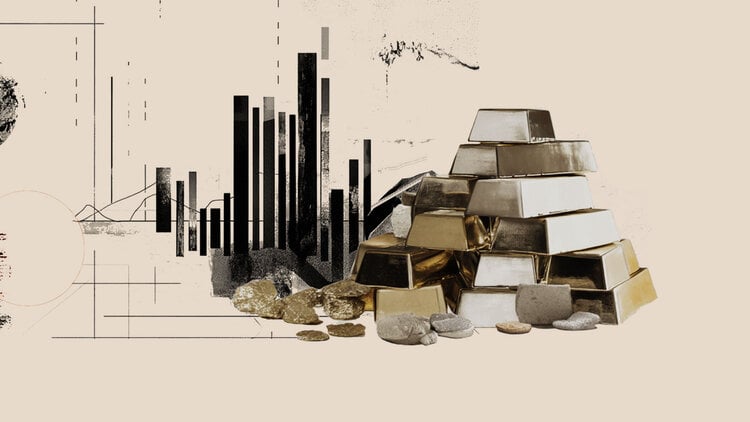Women in the health and care sector face a greater pay gap compared to men than in other economic sectors. On average, they earn 24% less than their male peers.
The data are from a new joint report by the International Labor Organization (ILO) and the World Health Organization (WHO) released this Wednesday (13).
One of the world’s most comprehensive analyzes of gender pay gaps in health, the report reveals a gross pay gap of approximately 20 percentage points, which jumps to 24 percentage points when taking into account factors such as age, education and working time.
The report highlights that women are underpaid for their labor market attributes when compared to men and states that much of the pay gap is inexplicable and can be associated with discrimination against women, who represent 67% of health professionals and assistance worldwide.
The document points out that salaries in the health and care sector tend to be lower in general, when compared to other areas of the economy. The findings are in line with the finding that wages are generally lower in economic sectors where women are predominant.
In the context of the Covid-19 pandemic, which highlighted the crucial role played by health and care professionals, the study indicates that there has been little improvement in equal pay between 2019 and 2020.
Wage disparities also vary widely across countries. Pay differences tend to be greater in the higher salary categories, where men hold most positions. Meanwhile, women are the majority in the lowest-paid categories.
“Women make up the majority of workers in the health and care sector, but in many countries systemic biases are resulting in pernicious wage penalties against them,” said Jim Campbell, director of the WHO Health Workforce.
The impacts may be even more notable for mothers working in the health and care sector. During a woman’s reproductive years, the pay gap in the industry widens significantly. These gaps persist throughout the rest of a woman’s working life, the study found.
The report points out that a more equitable division of family duties between men and women can, in many cases, lead women to make different career choices.
The analysis also looks at the factors that are driving the gender pay gap in the sector. Differences in age, education, working time and the difference in the participation of men and women in the public or private sectors only address part of the problem.
The reasons why women are paid less than men with similar profiles in the health and care workforce worldwide remain largely unexplained by labor market factors, the report says.
“The health and care sector has suffered from low wages in general, stubbornly large pay gaps and very demanding working conditions. The Covid-19 pandemic has clearly exposed this situation, while also demonstrating how vital the sector and its workers are to keeping families, societies and economies functioning”, said Manuela Tomei, director of the Department of Working Conditions and Equality of the International Labor Organization.
According to Manuela, the improvement in the provision of health and assistance services is directly associated with working conditions, which involves fairer remuneration.
“The time has come for decisive political action, including the necessary political dialogue between institutions. We hope this detailed and authoritative report will help spur the dialogue and actions needed to create this,” he says.
Source: CNN Brasil







